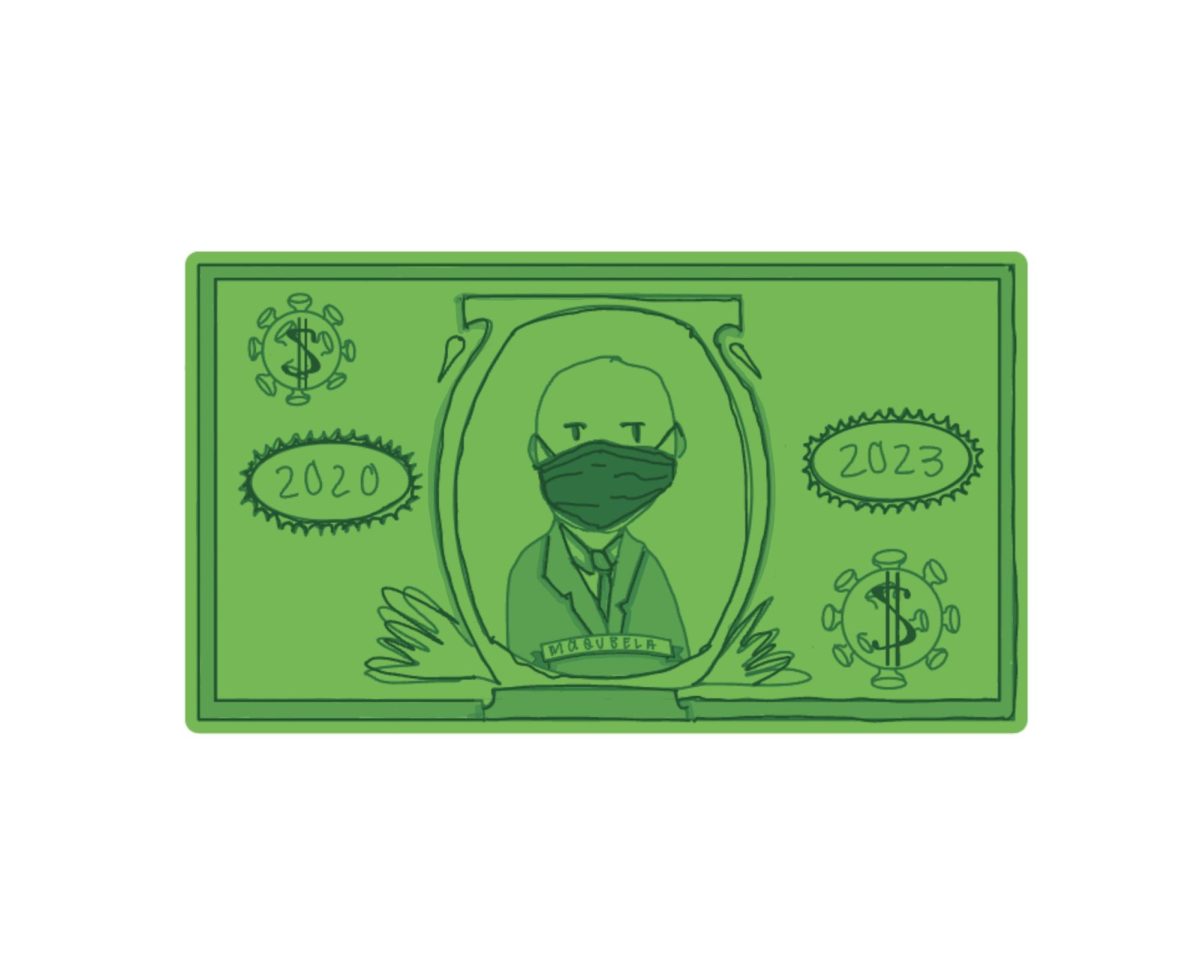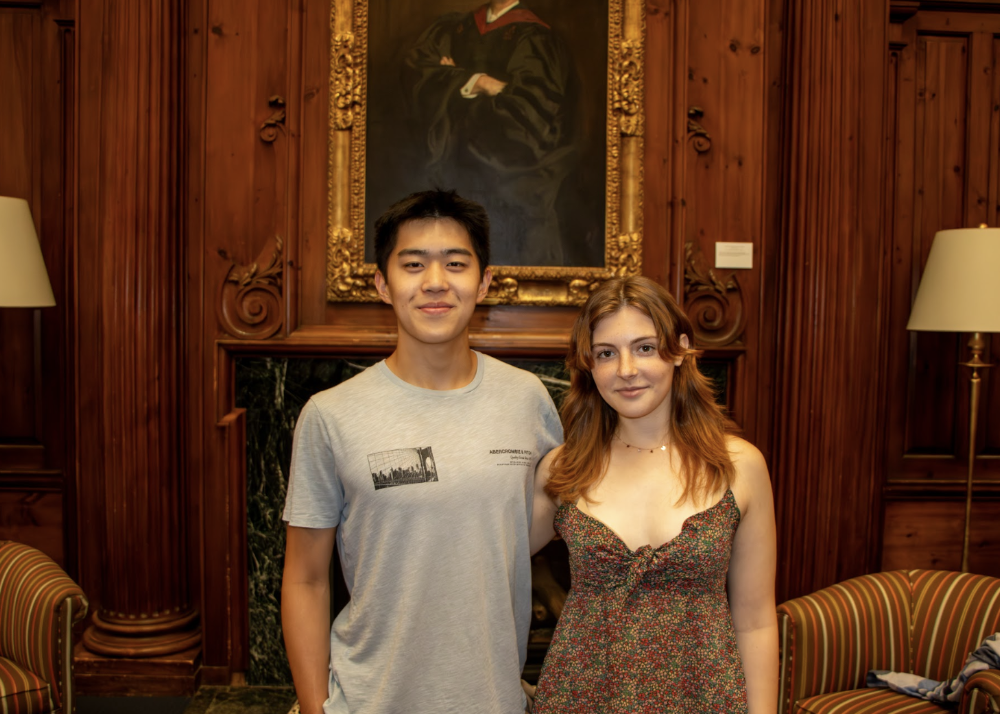For Groton students, COVID began as a treasured extension of spring break, and eventually, a social inconvenience that kept students from receiving the “full Groton experience” on campus. For the administration, however, COVID was a challenge to keep the Circle safe and expenses within budget. As outgoing CFO Julie Dolan puts it, “it was like the Apollo missions. Something went wrong and there was no manual. It was either fix it, or else, so the astronauts used duct tape. When COVID hit, we used a lot of duct tape.” Coming out of the pandemic, Groton lost no money. Here is how:
March 2020: The Initial Blow
With on-campus activities paused and students sent home for remote learning, the school saved $100,000 on sports activities requiring Yankee Buses and referees and $200,000 on Dining Hall food and alumni reunions. Thanks to gifts from parents and alumni, Groton gained more funds than it lost during this period. Though the campus remained closed, Groton continued paying all faculty, Flik and Eagle Cleaning employees. Parents also received partial refunds for remote learning.
2021: The First Wave
COVID protection measures cost $2 million. Half was spent on weekly COVID testing for all students, faculty, and staff, including $200,000 on dining and COVID tents with heating and the remainder on air purifiers, masks and plexiglass desk barriers. Another $400,000 was spent on COVID-related capital expenditures such as Hundred House and Schoolhouse air purifying systems. Groton continued partial tuition refunds for those opting to stay remote, giving back a total of $500,000. However, without off-campus trips (GEOs, sports) and gatherings (Prize Day, reunions, formals), and with generous donations from parents and alumni that generated $1 million more than expected, Groton again had net savings overall.
2022: The Second Wave
COVID testing continued but instead cost $1.3 million as prices increased. The tents again cost $400,000. Without new gifts from the Groton Fund for COVID relief, 2022 was the hardest year financially, but the deficit was made up for with savings from previous years.
2023: The Present Day
The year began with $74,000 spent on COVID testing as usual, but spendings waned off as the pandemic stabilized.
While it is easy to forget our masked days, the legacy of COVID remains. We continue benefiting from ionization machines left in buildings, autoflush toilets, and equipment for setting up Zoom classes. We learned how to pivot and, as incoming CFO Jay Herlihy said, we learned “humility,” “resilience,” and “communication.” With help from generous donors, especially the Groton Fund and our endowment, Groton lost no money during the pandemic. COVID is a reminder that, in times of uncertainty, support within our community is a reliable constant.







